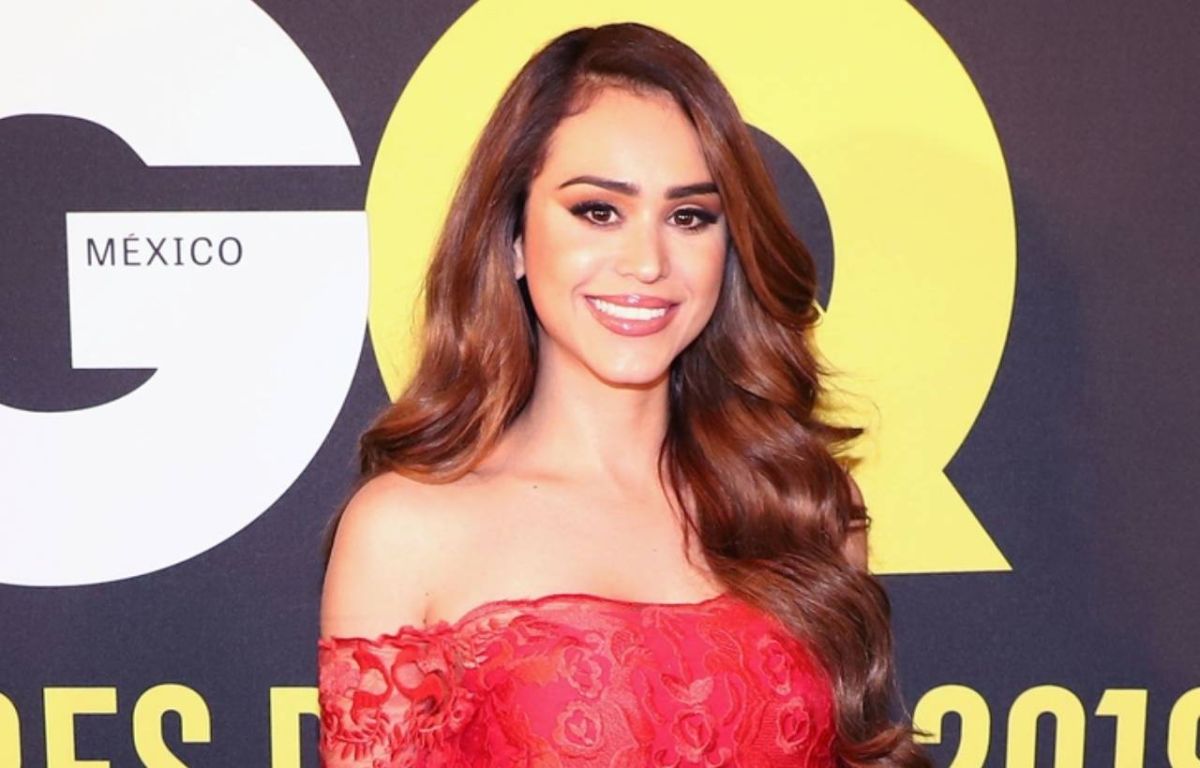The New York City Pride March kicked off Sunday with glittering confetti, rainbow flags and new fears of losing freedoms won through decades of activism.
The annual parade took place just two days after a conservative Supreme Court justice noted, in a ruling on abortionlet the court should reconsider the right to same-sex marriage recognized in 2015.
“We are here to make a statement,” said Mercedes Sharpe, 31, who traveled to Manhattan from Massachusetts. “I think it’s about making a point, rather than every other year like we normally celebrate. This one will really stand out. I think of a lot of angry people, not just women, angry men, angry women.”
The announcement from the nation’s High Court came after a year of legislative defeats for the LGBTQ community, including the passage of laws in some states that limit discussion of sexual orientation or gender identity with children.
As anti-gay sentiments resurface, some are pushing for gay pride parades to return to their roots, less as block-long street parties but as open civil rights marches.
“It went from being a statement of defense and protest to being much more of a celebration of gay life,” Sean Clarkin, 67, said of New York City’s annual parade while enjoying a drink at Julius’s, one of the oldest LGBTQ bars in Manhattan’s Greenwich Village.
As she recalls, the parade was once about challenging and pushing against an oppressive mainstream that saw people in the LGBTQ community as unworthy outsiders.
“As satisfying and empowering as it can be now to be accepted by the mainstream,” Clarkin said. “There was also something energizing and wonderful about being on the outside looking in.”
Dan Dimant, spokesman for Heritage of Pridethe nonprofit organization that organizes the New York City parade, said this year’s march will remain festive, with floats and “people dancing and celebrating.”
Pride Parade returns to New York City
“Pride is many things to many people. And for a lot of people, it’s a protest. And for many people, it is a celebration. We create experiences for members of our community to experience pride and how it resonates with them,” said Dimant.
The first New York City Pride March, then called the Christopher Street Liberation Day March, was held in 1970 to commemorate the first anniversary of the Stonewall Rebellion, a spontaneous street uprising sparked by a police raid. in a gay bar in Manhattan.
This year’s celebrations take place in the midst of a possible crisis.
In a Supreme Court ruling on Friday that struck down the right to abortion, Judge Clarence Thomas said in one oconcurring opinion that the court should also reconsider its 2015 decision that legalized same-sex marriage and a 2003 decision that struck down laws criminalizing gay sex.
More than a dozen states have recently enacted laws that go against the interests of LGBTQ+ communities, including a law that bans any mention of sexual orientation in school curricula in Florida and threats of prosecution for parents who allow that their children receive gender-affirming care in Texas.
Several states have enacted laws that prohibit transgender athletes from participating in team sports that match the gender in which they identify.
According to an Anti-Defamation League survey released earlier this week, members of the LGBTQ communities were more likely than any other group to experience harassment. Two-thirds of those surveyed said they had been harassed, just over half of whom said the harassment was a result of their sexual orientation.
In recent years, divisions have flared over how to commemorate Stonewall, spawning events from splinter groups intended to be more protest-oriented.
In New York City, the Queer Liberation March takes place at the same time as the traditional parade, billing itself as the “antidote to the political, police and corporate-filled parades that now dominate Pride celebrations.”
More of that spirit could rub off on this year’s main parades, though many fans of the marches see them as a combination of activism and celebration.
New Yorker Vincent Maniscalco, 40, who has been married to his husband for five years, said he thought the marches are an opportunity both to highlight civil rights issues and to bring “people from all walks of life together.” to celebrate your authentic self. I think the New York City Pride Parade does an excellent job of that.”
–

